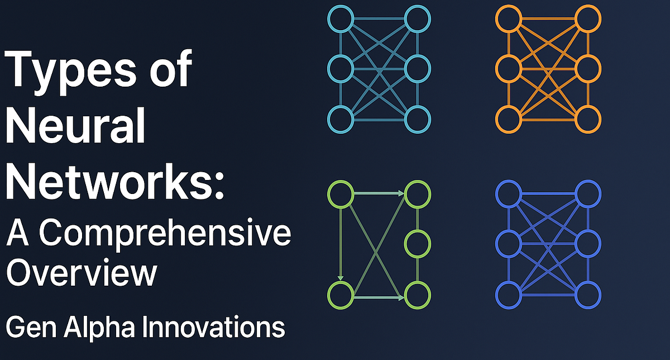Medium
1M
63

Image Credit: Medium
Types of Neural Networks: A Comprehensive Overview
- The diverse landscape of neural networks encompasses various types based on data flow, structure, learning paradigm, and functionality, reflecting ongoing innovation.
- Feedforward Neural Networks (FFNNs) feature unidirectional flow and interconnected neurons organized into layers, widely used for pattern recognition and classification tasks.
- FFNNs employ activation functions like sigmoid, tanh, and ReLU in neurons, trained using backpropagation for tasks like credit scoring and regression analysis.
- FFNNs' strengths include simplicity, efficient processing, and broad applicability, yet they struggle with sequential data and computational challenges.
- Deep Belief Networks, rooted in unsupervised learning and effective for feature extraction, find application in image and speech recognition tasks.
- Generative Adversarial Networks (GANs) utilize competing generator and discriminator networks for data generation, with applications in image and text processing.
- Autoencoders focus on data compression and noise reduction, while Siamese Neural Networks excel in learning similarity between input pairs for tasks like face recognition.
- Spatial Neural Networks are tailored for geospatial data analysis, offering enhanced accuracy but facing challenges in spatial heterogeneity handling.
- Transformers, powered by self-attention mechanisms, dominate NLP and computer vision tasks, emphasizing parallel processing and global context capture.
- Spiking Neural Networks (SNNs) mimic brain processes using discrete spikes for temporal data, with applications in neuromorphic computing and real-time decision-making.
- The evolving trends in neural networks encompass Neuromorphic Computing, Attention Mechanisms, Graph Neural Networks, Hybrid Models, and Self-Supervised Learning, among others.
Read Full Article
3 Likes
For uninterrupted reading, download the app